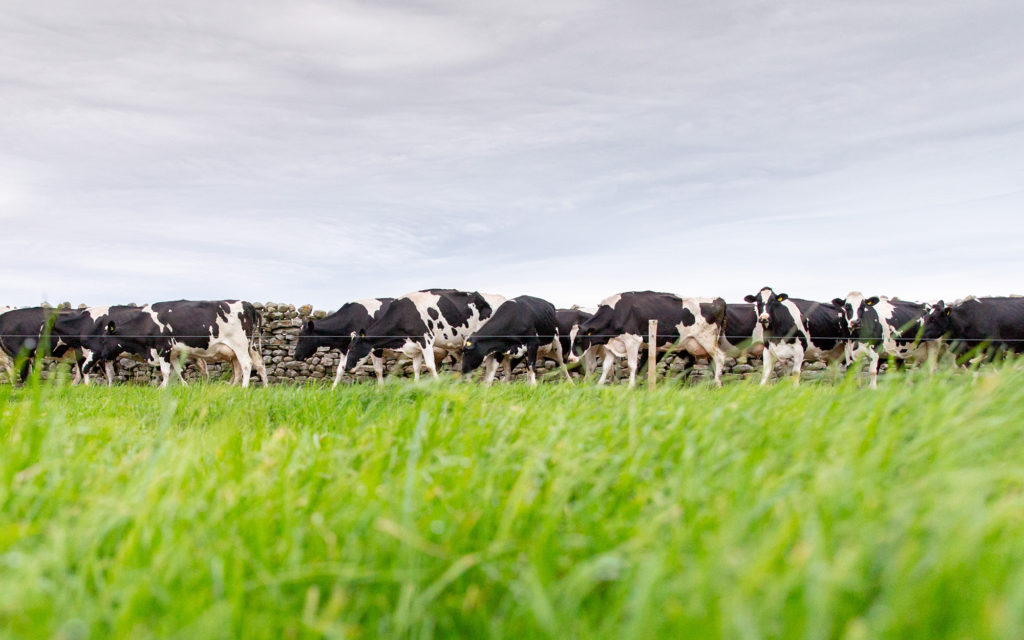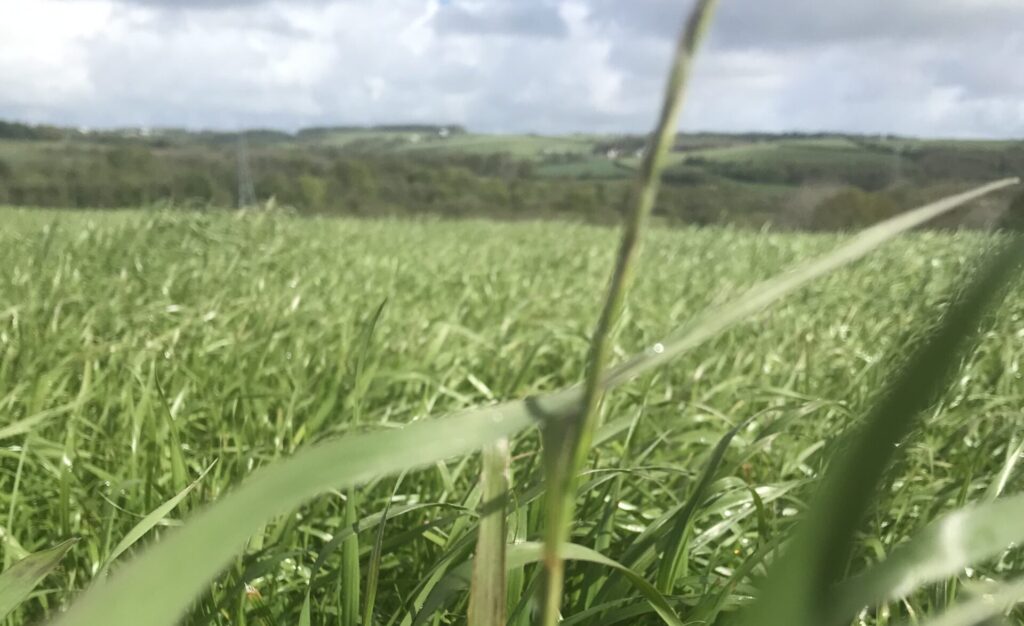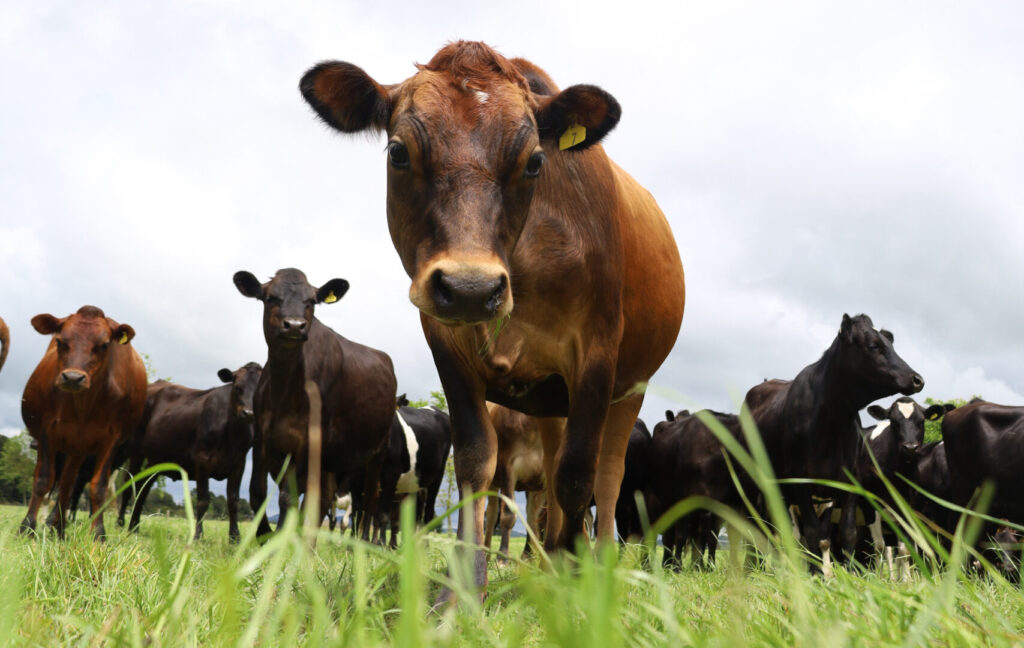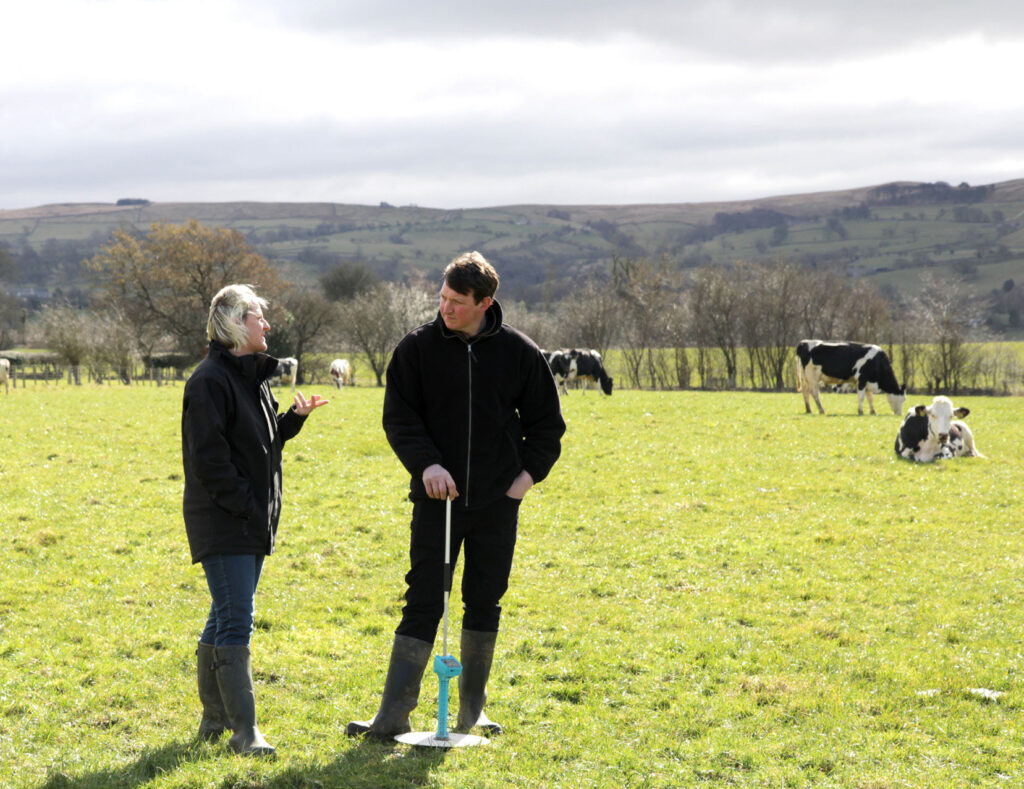by Bess Jowsey, Pasture to Profit farm consultant
With levels of rainfall extremely variable across the north over the last month there has been a definite east – west divide in terms of grazing conditions, grass growth and farm cover. Regardless of how your grass situation is tracking the goals for achieving autumn grazing and protecting grass for next spring are the same.
Continuing to build AFC until the start of your last rotation really is a priority. For those in the west this should be happening fairly naturally as the regular rainfall and warm conditions boost growth above demand. For those in the east this will mean reducing your stock demand on grass via reducing stock numbers if possible, adding area (grazing instead of taking a late cut of silage!) or introducing extra supplementary feed – possibly all three – to hit your AFC target for the start of the last round.
Some may question the logic of grazing a late cut instead of clamping it – especially if winter forage stocks are tight. My logic is this… if you choose to harvest that grass as silage you reduce the chance of achieving target covers by maintaining a higher demand on the grazing area. The result will be either less grass to graze in autumn = need silage instead; or less grass to graze in spring = need silage instead. This lifts costs in two ways – silage is double the cost of grazed grass (more expensive feed) and low AFC increases the likelihood of having to house for longer (incurring housing costs as well).
If you are spring calving or grazing low yielding stock aim for extra grazing days and limiting the need for concentrate fed to less efficient stock. This means targeting a higher quantity of grass; 27 – 2800 kgDM/ha AFC for around the end of September as you start your last rotation.
If you are autumn calving or grazing higher yielders; likely to be feeding higher levels of concentrate and housing earlier along with breeding, target better grass quality by building AFC to 25 – 2600 kgDM/ha for the start of your last rotation in mid-September.
If you have both groups then somewhere in between these targets will help you maximise grazed grass in the diet for as long as possible this autumn.
As you start your last rotation your round length will have naturally lengthened as higher AFC leads to higher pre-grazing covers. Consequentially it should be taking you longer to utilise this grass as there is more available per hectare. It is important to maintain consistent even residuals on your last rotation to minimise dead matter at the base of the sward, which can lead to grass spoilage through winter. A sward cleaned out well in late September will likely carry three leaves into winter and survive perfectly fine regardless of the winter conditions. This winter stored pasture is extremely high value come spring so be sure not to compromise this by a lack attention now.
To understand how this advice is applicable to your farm situation get in touch with your local Pasture to profit farm consultant for a no obligation chat.




